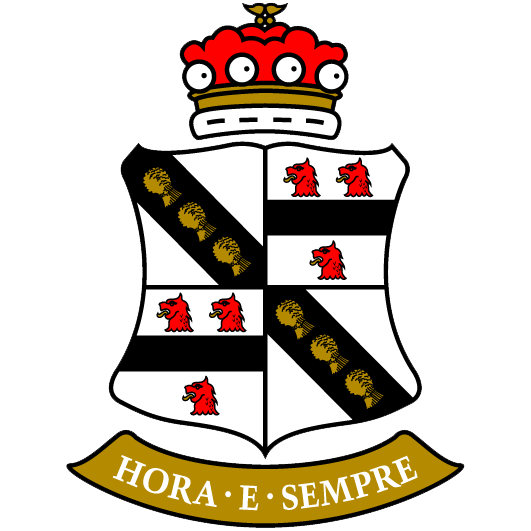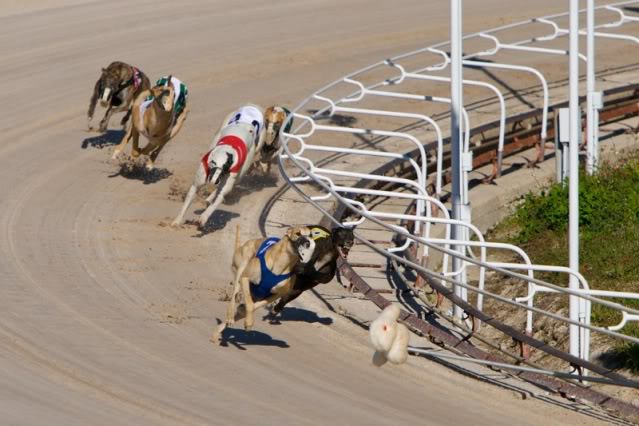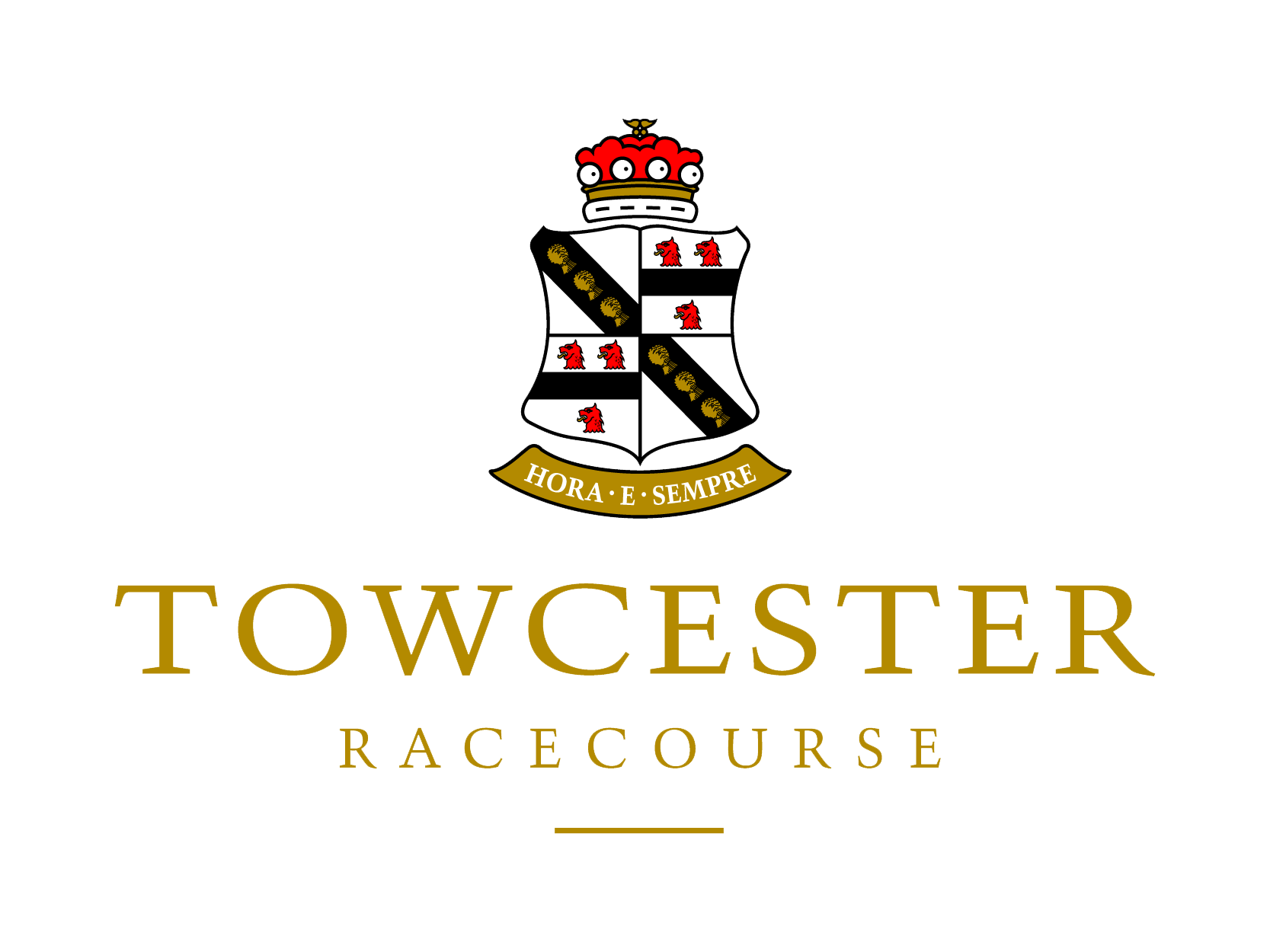The greyhound lure, a feature intrinsic to greyhound racing, plays an instrumental role in facilitating the iconic adrenaline-charged sport observable on television or streaming platforms. Principally, the lure acts as a mechanized hare that fleets effortlessly along a designated track, prompting the pursuing greyhounds into a high-speed chase. It is worth noting that multiple variations of these greyhound lures exist, each potentially bearing notable influence over the final race outcome.
The Functionality of a Greyhound Lure
The primary purpose of a greyhound lure is to stimulate the instinctive chase impulses in greyhounds. Greyhounds are naturally inclined to pursue a moving object within their line of sight, and the lure’s strategic positioning and consistent movement serve to capitalize on this instinct.
Key functions of a Greyhound Lure include:
- Creating a visual stimulant: The lure provides a fast-moving target for the dogs to chase.
- Initiating the race: The lure’s movement triggers the start of the race, setting the dogs into motion.
- Guiding the race route: The lure dictates the route that the dogs will follow around the track.
As previously mentioned, there are numerous versions of greyhound lures, each varying slightly in form and function. The type of lure used can significantly affect the dynamics of a race and potentially influence the final standing of the competing dogs.
McKee-Scott and the Evolution of Greyhound Lures
The evolution of the mechanical greyhound lure saw a significant shift in the early 20th century due to the transformative contributions of American enthusiast Owen Patrick Smith and later, the pioneering work of James McKee and Jim Scott. Not satisfied with the existing lure models, McKee and Scott devised an innovative system to enhance the lure’s effectiveness and prevent distractions for the racing dogs.
The Initial Stages: Greyhound Lures in the 1800s
Mechanical lures for greyhound racing have been in use since the 1800s. However, the models employed during this era were largely rudimentary. The pivotal change arrived with the introduction of a more efficient model conceived by Owen Patrick Smith, an American racing enthusiast. Major venues such as the Belle Vue Stadium began implementing this improved model starting from the 1920s.
Key aspects of the early lures:
- Implementation: Used since the 1800s in greyhound racing.
- Innovation: Upgraded designs were introduced by Owen Patrick Smith in the early 20th century.
- Adoption: Major venues implemented Smith’s model beginning in the 1920s.
The McKee-Scott Era: Improving Greyhound Lures
James McKee, a director at the Dunmore Stadium track in Belfast, joined forces with Jim Scott to transform the mechanism of greyhound lures. They felt compelled to create a more effective system that would prevent greyhounds from getting distracted during the race. Their invented system employed an unprecedented technique – an underground wire, which significantly reduced any distractions to the greyhounds.
Noteworthy changes by McKee-Scott:
- Collaboration: James McKee and Jim Scott partnered to improve greyhound lure mechanisms.
- Innovation: An underground wire system was introduced to minimize distractions to the greyhounds.
- Result: The system was proven to be successful in enhancing the efficiency of greyhound races.
Following the successful implementation of their new system, McKee and Scott formed the M.S Cable Hare Company. They began introducing their performant innovation to other tracks across the United Kingdom and Ireland, including the noted Hall Green.
| Era | Innovator | Key Innovation | Major Tracks |
|---|---|---|---|
| 1800s to early 1900s | Owen Patrick Smith | Efficient model | Belle Vue Stadium |
| Mid 1900s | James McKee and Jim Scott | Underground wire system | Dunmore Stadium, Hall Green |
Their notable contributions to greyhound lure systems undeniably leave a lasting imprint on the mechanism and effectiveness of greyhound racing lures. Indeed, the systematic application of their novel and functional design has propelled the greyhound racing industry towards better standards.
The Swaffham Stadium: Pioneering Advancements in Greyhound Lures
The timeline of greyhound racing has witnessed several noteworthy advances, with Swaffham Stadium leaving its mark on the sport and significantly impacting how dog races are conducted today. Active between 1987 and 2000, the stadium was the birthplace of the modern mechanical hare, a system still popularly known as ‘The Swaffham’, and witnessed the advent of a game-changing mechanical lure, courtesy of the inventive duo- Tom Smith and his son, Gavin.
The Conception of Modern Mechanical Hare
The establishment of Swaffham Stadium in the late 1980s was a milestone in itself. However, its major contribution to the greyhound racing world began in the early 1990s when Tom Smith took over the stadium’s lease. The passion for improving greyhound racing ran high in Smith, which led to his perpetual pursuit for innovations. Endeavoring alongside his son, Gavin, they devised a cutting-edge hare system that would instigate a revolution in the sport.
Key stages of the invention of the ‘Swaffham’ remain:
- Beginnings: Tom Smith assumed the stadium lease in the early nineties.
- Collaboration: He joined hands with his son, Gavin, for this ambitious project.
- Outcome: Their efforts led to the creation of a novel hare system, significantly transforming the sport.
The Swaffham: A Game Changer
Influenced by the previous McKee-Smith blueprint, the Smiths devised mechanical innovations contributing to the production of a lure that was not only smooth in its operations but also demonstrated enhanced reliability. This innovative lure created an upheaval amidst existing systems used in greyhound racing, threatening to render the M.S Hare Company and Sumner varieties obsolete in just a few years.
Impact of the Swaffham:
- Foundation: The lure was designed based on the McKee-Smith blueprint.
- Innovation: The Smiths added unique mechanical enhancements to their lure.
- Disruption: The lure quickly became an industry favorite, potentially rendering the existing M.S Hare Company and Sumner varieties obsolete.
| Period | Innovators | Innovations | Impact |
|---|---|---|---|
| Late 1980s | Swaffham Stadium Established | Host venue | Significant venue for racing |
| Early 1990s | Tom and Gavin Smith | ‘Swaffham’ Mechanical Lure | Outmoded previous lures |
This period of Swaffham Stadium’s history undeniably manufactured a watershed moment in the realm of greyhound lures. The strides the Smiths made in improving the lure’s mechanical reliability and performance set a new standard for greyhound racing and anchor their place in the sport’s history.
Norman Fannon: Innovating Hare Systems in Greyhound Racing
The advances in the mechanics of greyhound lure systems were not limited to the works of McKee-Scott or the Smiths. Another monumental figure who made significant strides in this field is Norman Fannon. As the owner of the Wheatley Hill Stadium in County Durham, Fannon had a distinct vantage point in understanding the nuances of the sport and used his expertise to revolutionize hare systems.
Fannon’s Experimental Approach
Norman Fannon set out to create a superior mechanical lure, employing an unconventional resource – a job-lot of ex-Army bedsteads that he came into possession of. The prototype derived from these unlikely materials eventually became the backbone of an industry-wide standard, with its design principles still extensively used in contemporary lure designs.
Key aspects of Fannon’s innovation:
- Objective: Fannon aimed at building an improved hare system.
- Resource Utilization: He ingeniously harnessed ex-Army bedsteads to construct the lure.
- Result: The prototype created from this experiment became a paradigm in the industry.
Fannon’s Influence on Modern Hare Designs
The influence of Fannon’s work speaks volumes as his design aesthetics continue to inspire modern iterations of mechanical lures. Despite technological advancements and the passing of time, his design’s core principles remain integral to many hare systems in operation today.
Continuing Influence of Fannon’s Design:
- Legacy: Fannon’s design principles continue to guide modern hare systems.
- Relevance: Despite the progression of time and advancements in technology, his design remains applicable.
- Impact: His pioneering work has a resounding influence on contemporary creations within the industry.
| Era | Innovator | Venue | Key Innovation | Legacy |
|---|---|---|---|---|
| Mid 1900s | Norman Fannon | Wheatley Hill Stadium | Effective use of ex-Army bedsteads in lure construction | Core principles continue to guide modern designs |
Fannon’s efforts thus immortalize him within the greyhound racing industry, with his knack for innovation and practical design serving as an industry standard. His story exemplifies how resourcefulness coupled with a deep understanding of a sport can lead to substantial advancements.
Kennel & Track Fabrication (KTF): A Modern Key Player in Greyhound Racing
In the constantly evolving landscape of greyhound racing, Kennel & Track Fabrication (KTF) emerges as a contemporary presence that continues to influence greyhound tracks globally. With the expertise of the industry veteran, Jeff Sealey, who pioneered his own hare system, KTF maintains a dynamic role in the sport, offering hare system installations and repairs.
The Jeff Sealey Influence
Jeff Sealey, integral to KTF’s success, conceived a unique hare system that became an industry standard. The impact of the ‘Sealey System’ is evidenced by its adoption in major greyhound tracks, such as the pre-2016 Coventry tracks, solidifying Sealey’s significant contribution to the sport.
Pivotal aspects of the Sealey influence:
- Origins: Jeff Sealey developed his innovative hare system under KTF’s banner.
- Offerings: KTF continues to provide hare system installations and repairs, guided by Sealey’s expertise.
- Reputation: Prominent greyhound tracks, including Coventry, operated with the ‘Sealey System’ until their closure in 2016.
Excellence in Reliability
The Sealey System is renowned for its unmatched reliability, assuring uninterrupted operation under varying weather conditions. Highlighting its superior maintenance features, downtime is kept to a minimum of just 20 minutes in the event of system faults – a revolutionary achievement in the field of mechanical lure systems.
Key attributes of the ‘Sealey System’:
- Adaptability: The system boasts an ability to function in any weather.
- Swift recovery: In the case of system faults, the system assures a maximum downtime of 20 minutes.
- Reliability: The aforementioned features enhance the system’s overall dependability.
| Company | Key Individual | Innovation | Legacy | Current Status |
|---|---|---|---|---|
| KTF | Jeff Sealey | ‘Sealey System’ | Widely employed in prominent venues | Actively offering installations & repairs |
Kennel & Track Fabrication (KTF), backed by Jeff Sealey’s rich experience and innovative strides, has secured a commanding presence in the greyhound racing scene. Through continuous service provisions and their steadfast commitment to quality and reliability, KTF ensures their ongoing relevance within the industry.
Sumner Company: A Prominent Force in Hare Systems
The history of greyhound racing hare systems would be incomplete without mentioning the Sumner Company. Despite limited information available on the company and its founding members, their impact in the industry is undeniable, as reflected by the popularity and widespread implementation of their hare systems.
Popularity and Implementation of Sumner’s Hare System
The Sumner Company designed and manufactured a hare system that found acceptance in various tracks across the UK. A testament to their universal acceptance was the adoption of their system at the White City Stadium in Glasgow before its closure. The stadium notably employed both the ‘Outside Sumner’ and an M.S Cable hare at the tracks.
Key details about Sumner’s hare systems:
- Typologies: Sumner’s portfolio included the ‘Outside Sumner’ and an M.S Cable hare system.
- Adoption: White City Stadium in Glasgow used both types of Sumner’s hare systems until its closure.
- Popularity: Sumner’s hare systems were implemented at several different tracks.
Continuing Influence of Sumner’s Hare System
The legacy of Sumner’s hare systems extends beyond deceased tracks. Their systems are still in use at present-day venues such as Perry Barr and Meadow Court, further underscoring the quality and enduring relevance of Sumner’s creations.
Continuing usage of Sumner’s systems:
- Present Operations: Perry Barr and Meadow Court continue to use Sumner’s hare system.
- Past Installations: Historical users of Sumner’s systems include Slough and Kings Heath.
- Endurance: The continuing use of Sumner’s systems is testament to their quality and durability.
| Company | Key Innovations | Implementation | Current Usage |
|---|---|---|---|
| Sumner | ‘Outside Sumner’ and M.S Cable hare | Various tracks including White City Stadium, Slough, Kings Heath | Perry Barr and Meadow Court |
Despite the limited information on its origins, the Sumner Company continues to hold a significant place in greyhound racing history. Their innovative hare systems, still in operation at several venues, emphasize the timeless appeal and reliability of their designs.




